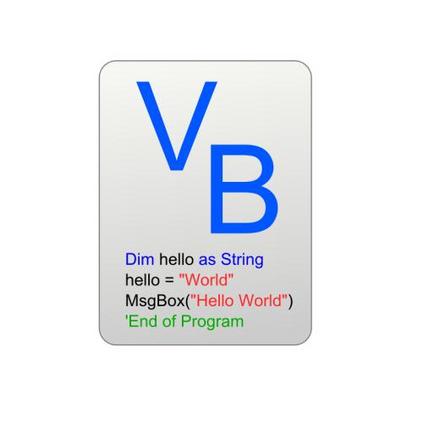With the proliferation of Internet-of-Things devices, acoustic sensing attracts much attention in recent years. It exploits acoustic transceivers such as microphones and speakers beyond their primary functions, namely recording and playing, to enable novel applications and new user experiences. In this paper, we present the first systematic survey of recent advances in active acoustic sensing using commodity hardware with a frequency range below 24~\!kHz. We propose a general framework that categorizes main building blocks of acoustic sensing systems. This framework encompasses three layers, i.e., physical layer, core technique layer, and application layer. The physical layer includes basic hardware components, acoustic platforms as well as the air-borne and structure-borne channel characteristics. The core technique layer encompasses key mechanisms to generate acoustic signals (waveforms) and to extract useful temporal, spatial and spectral information from received signals. The application layer builds upon the functions offered by the core techniques to realize different acoustic sensing applications. We highlight unique challenges due to the limitations of physical devices and acoustic channels and how they are mitigated or overcame by core processing techniques and application-specific solutions. Finally, research opportunities and future directions are discussed to spawn further in-depth investigation on acoustic sensing.
翻译:近年来,声学设备的扩散引起了人们的极大注意。声学感应器,例如麦克风等声感应器,以及超出其主要功能(即录音和播放)的声学收发器,能够进行新的应用和新的用户经验。在本文件中,我们对使用频率范围低于24 ⁇ @kHz的商品硬件进行主动声学感测的最新进展进行了第一次系统调查。我们提出了一个对声学系统主要构件进行分类的一般框架。这个框架包括三个层次,即物理层、核心技术层和应用层。物理层包括基本硬件部件、声学平台以及空基和结构频道特性。核心技术层包括产生声学信号(波形)和从收到的信号中提取有用的时空和光谱信息的关键机制。应用层以核心技术所提供的功能为基础,实现不同的声学应用。我们强调由于物理装置和声学频道的局限性而面临的独特挑战,以及这些障碍是如何被核心处理技术和具体应用解决方案所减轻或超过的。最后,将研究机会和今后的方向讨论到对声学的深度研究。




